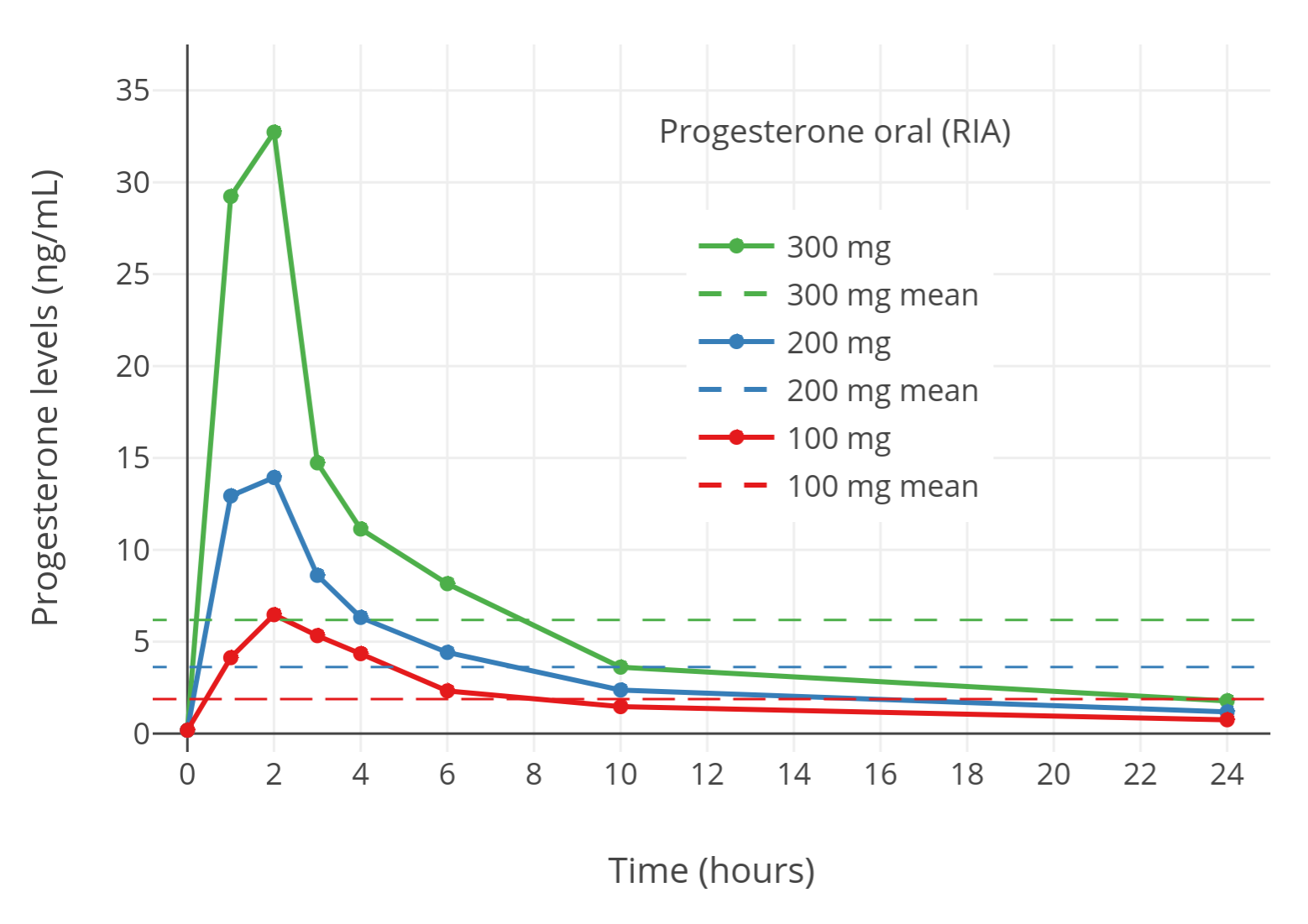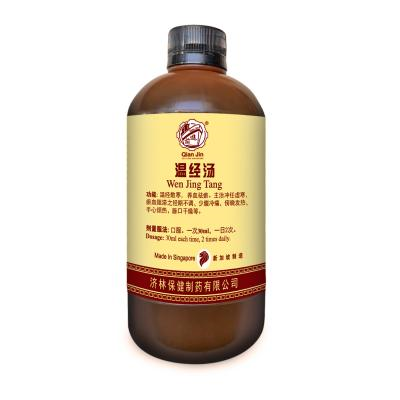

Abdominal surgery such as a C-section also increases a woman’s risk of “endo” because pieces of the endometrium can transfer outside the uterus.Įndometriosis is associated with an increased risk of having difficulty becoming pregnant, or infertility. Stress is a contributing factor to estrogen-dominance because the body converts progesterone into cortisol when under stress, thereby depressing the level of progesterone in the body and leaving the estrogen elevated and imbalanced. Also tied to “endo” are elevated estrogen levels, a condition known as estrogen-dominance. While many women may have back flow, there is no clear reason why some develop the condition while others do not. Usually, endometriosis improves after menopause.Ĭurrently most doctors think that these nodules of endometrium form from a back flow of the menstrual flow, which brings the shedding endometrium into the peritoneal cavity.

Other symptoms are diarrhea or constipation, nausea or bloating that is worse with periods, and painful intercourse. The major symptoms of endometriosis include abdominal pain, irregular menses, prolonged bleeding or bleeding in-between periods. It has been estimated that 15% of all women of reproductive age, or more than 6 ½ million women in the United States, have endometriosis. These pieces of tissue outside the uterus bleed each month when a woman gets her period, causing severe pain and adhesions on the organs and surfaces in the abdomen.Įndometriosis is a common health problem for women. Endometrium is the tissue that normally lines the uterus or womb, but in endometriosis it is often located on the ovary or on the pelvic peritoneum–even on the bowels or umbilicus. What is Endometriosis? Endometriosis, also called “endo,” is a condition where endometrial tissue grows outside of the uterus and forms tumor-like nodules.


 0 kommentar(er)
0 kommentar(er)
